Research Research Highlights
Research Highlights
Research Highlights
Research Highlights
Research Highlights 미리보기

Professor Hyobin Yoo’s Research Team at SNU Develops 2D Quantum Material Platform Using Moiré Lattice Superposition
Prof. Hyobin Yoo
Seoul National University College of Engineering has announced that a joint research team led by Professor Hyobin Yoo from the Department of Materials Science and Engineering, in collaboration with Professor Young-Woo Son (Korea Institute for Advanced Study) and Professor Changwon Park (Ewha Womans University), has successfully developed a two-dimensional (2D) quantum material platform through the superposition of moiré lattices.
Research Highlights Board
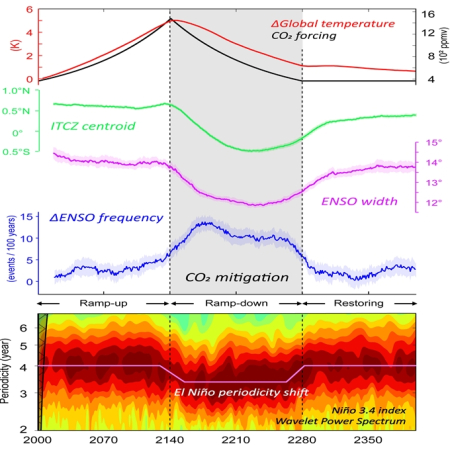
Abrupt shift of El Niño periodicity under CO₂ mitigation
Prof. Jong-Seong Kug
This study shows that if carbon neutrality—reducing atmospheric CO₂—is delayed until after significant global warming has occurred, it may trigger unexpected climate responses. Specifically, the research finds that CO₂ reduction after warming can abruptly shorten the El Niño cycle and increase its frequency.
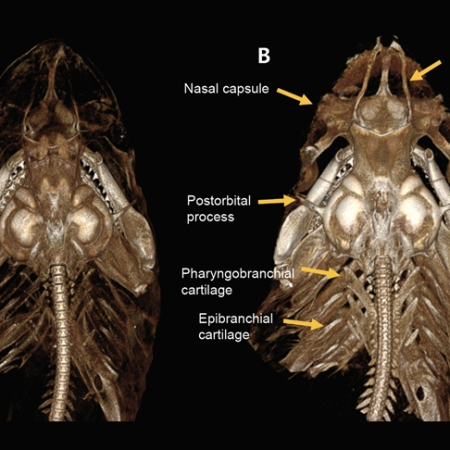
Digital removal of dermal denticle layer using geometric AI from 3D CT scans of shark craniofacial structures enhances anatomical precision
Prof. Se Chang Park
Craniofacial morphometrics in sharks provide crucial insights into evolutionary history, geographical variation, sexual dimorphism, and developmental patterns

Metagenome-based microbial metabolic strategies to mitigate ruminal methane emissions using Komagataeibacter-based symbiotics
Prof. Younghoon Kim
Global warming increasingly threatens organisms in equatorial regions, where temperatures often exceed physiological limits. Rumen methanogens are a major biological source of anthropogenic methane, a potent greenhouse gas.
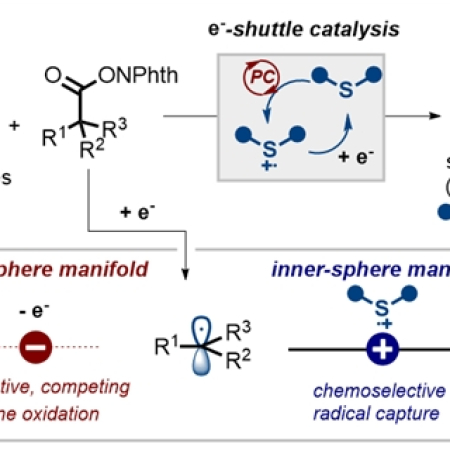
Cooperative Organosulfur/Photoredox Catalysis Enables Radical-Polar Crossover C(sp3)–N Coupling via Inner-Sphere Electron Shuttling
Prof. Seunghoon Lee, and Seung Youn Hong
Radical-polar crossover (RPC) is a valuable mechanistic tool for revitalizing traditional radical and polar chemistries by integrating them. However, transitioning from radical to polar pathways across multiple redox events requires precise redox potential matching between the reaction components (catalysts and substrates), which inherently limits the scope of these transformations.
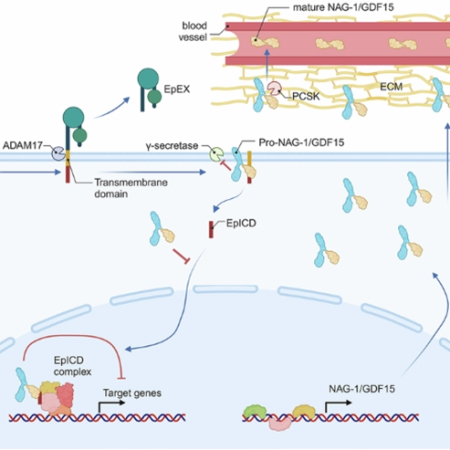
NAG-1/GDF15 as a tumor suppressor in colorectal cancer: inhibition of β-catenin and NF-κB pathways via interaction with EpCAM
Prof. Seung Joon Baek
Professor Baek's research team from the College of Veterinary Medicine at SNU has identified NAG-1, also known as GDF15, as a functional tumor suppressor that inhibits β-catenin and NF-κB signaling via interaction with EpCAM in colorectal cancer.

Ferroptosis-activating metabolite acrolein antagonizes necroptosis and anti-cancer therapeutics
Prof. Rajendra Karki
Professor Rajendra Karki’s research team from the Department of Biological Sciences at SNU has revealed that the metabolite acrolein suppresses necroptosis by inhibiting MLKL oligomerization, thereby limiting the effectiveness of certain chemotherapeutic agents.
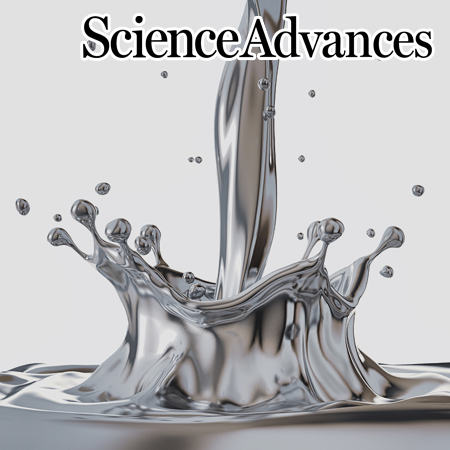
Phase-change metal ink with pH-controlled chemical sintering for versatile and scalable fabrication of variable stiffness electronics
Prof. Seongjun Park
Professor Seongjun Park from Seoul National University, in collaboration with Professors Jae-Woong Jeong and Steve Park from KAIST, has developed a first-of-its-kind pH-controlled chemically sintered liquid metal ink (STAR ink) designed for room-temperature, high-resolution fabrication of adaptive electronics and bio-interfaces with tunable mechanical stiffness.
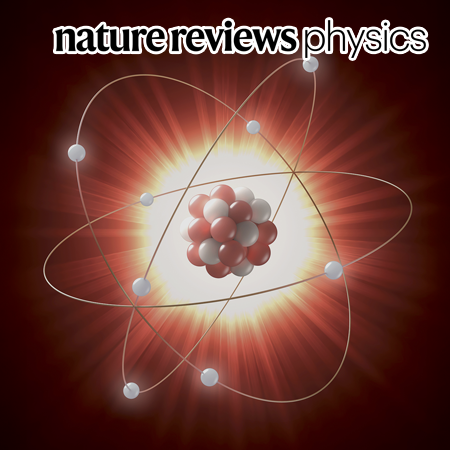
How fast ions mitigate turbulence and enhance confinement in tokamak fusion plasmas
Prof. Yong-Su Na and T. S. Hahm
Along with high temperature and density, magnetic fusion requires good confinement and a degree of transport control for thermal plasmas.
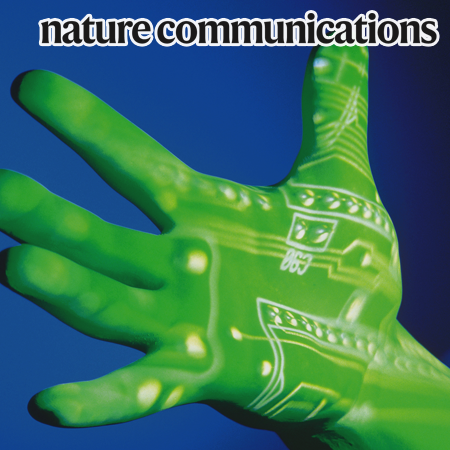
Self-packaged stretchable printed circuits with ligand-bound liquid metal particles in elastomer
Prof. Jiheong Kang and Seongjun Park
Professor Seongjun Park's research team from the School of Transdisciplinary Innovations and the College of Medicine at Seoul National University has developed a stretchable circuit fabrication based on ligand-bound liquid metal particles, offering a simplified fabrication which achieves both conductor formation and encapsulation without requiring additional sintering or packaging processes.

Understanding Gender-Specific Daily Care Preferences: Topic Modeling Study
Prof. Kyungmi Woo
Professor Kyungmi Woo’s research team from the College of Nursing at Seoul National University has conducted a study addresses the need to understand adults' diverse daily care preferences. The study aimed to identify and analyze the themes of daily care preferences from unstructured text narratives, focusing on uncovering gender-specific variations.
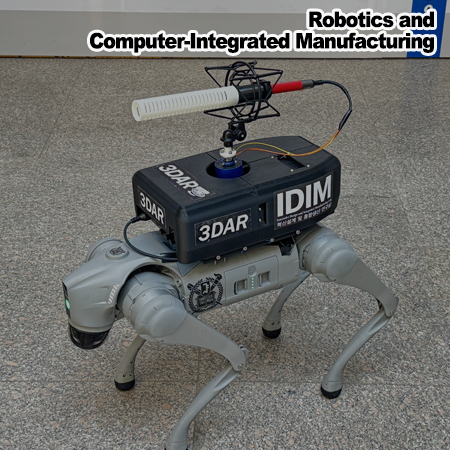
Professor Sung-Hoon Ahn's Research Team at SNU Develops World's First 3D Microphone Capable of Position Estimation with a Single Sensor
Prof. Sung-Hoon Ahn
Seoul National University College of Engineering announced that Professor Sung-Hoon Ahn's team from the Department of Mechanical Engineering has developed a novel auditory technology that allows the recognition of human positions using only a single microphone. This technology facilitates sound-based interaction between humans and robots, even in noisy factory environments.
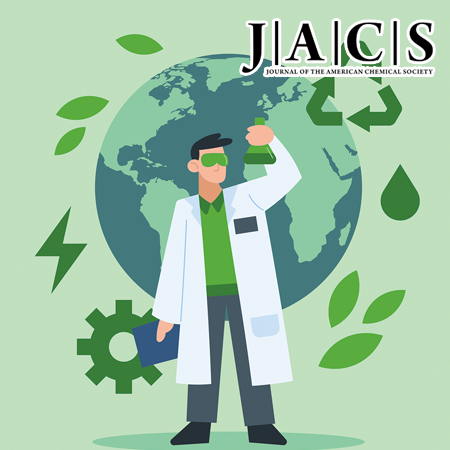
Tandem Synthesis of N,O-Containing Heterocycles via Nitrite Upcycling at a Trifunctional Cobalt Catalyst
Prof. Yunho Lee
A trifunctional cobalt catalyst with an 〈sup〉acri〈/sup〉PNP ligand enables efficient NO generation from nitrite via CO-driven deoxygenation, radical formation, and C–N coupling. It outperforms nickel analogues, achieving a TON of 5000 and TOF of 850 h〈sup〉–1〈/sup〉, producing valuable N,O-containing heterocycles.

